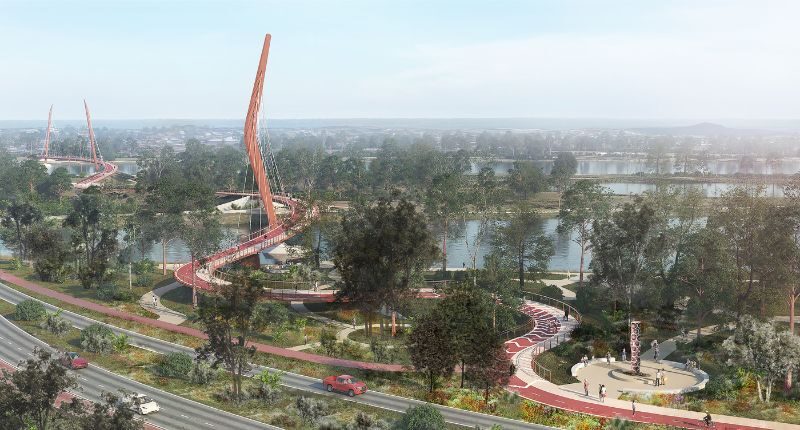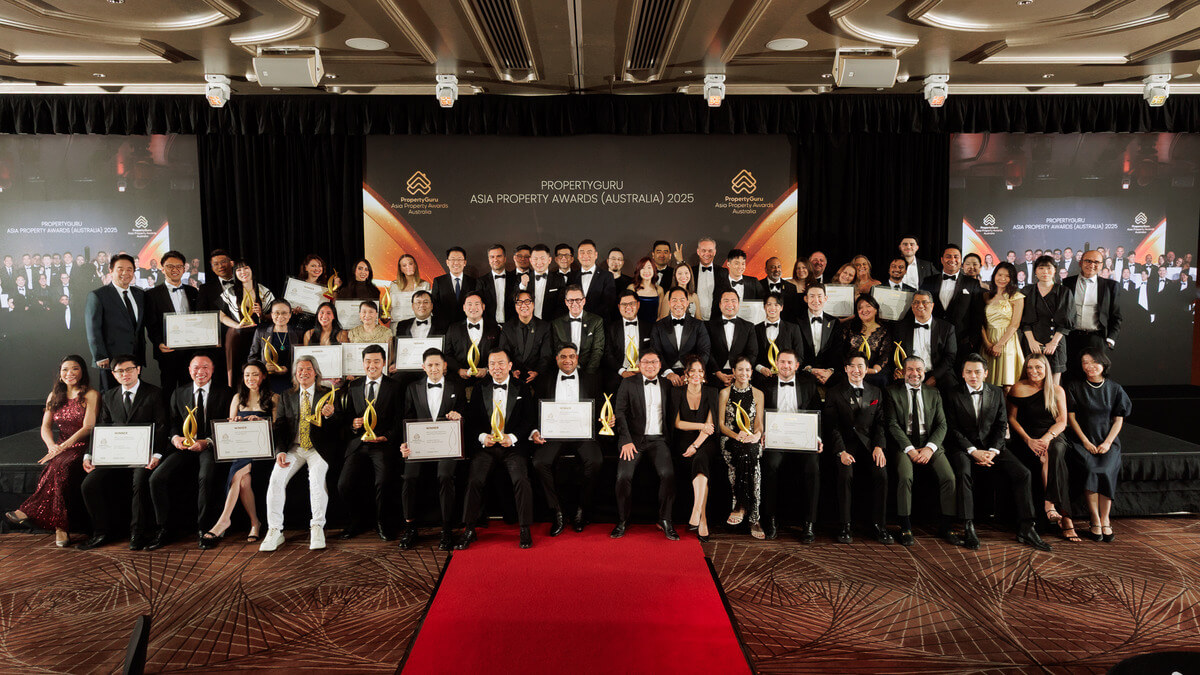- Challenges like climate change, cyber attacks, and more, lie ahead
- Experts said: "To become a truly resilient city, we must build with equity at the heart of it."
- COVID-19 has rapidly accelerated the trend towards a greater appreciation of local places
In response to climate change and a myriad of other challenges that are facing our cities and towns, developing resilient places for the future is an important focus for governments and industry across the world.
With more than half of the population living in urban areas and that figure likely to increase further by 2050, cities are facing even greater challenges as we look ahead to the next 30 to 50 years and beyond.
Executive Director of the Resilient Cities Network (RCN), Lauren Sorkin, says that our cities are facing multi-faceted and multiple shocks and stresses at the same time.

“Extreme weather, refugee crises, disease pandemics, supply chains, cyberattacks – today’s new normal requires models of governance that mitigate risk and respond to evolving challenges,” Ms Sorkin said.
The RCN is a city-led network with nearly 100 cities across over 40 countries and in six regions.
“Our cities tell us that some of the most common shocks that cities face include rainfall flooding, infrastructure failure, and extreme heat, while the most common stresses are economic inequality, lack of affordable housing and climate change,” Ms Sorkin said.
“By strengthening its underlying fabric and deepening its understanding of the risks that threaten its stability, a city can improve its overall trajectory and the well-being of its citizens, prosper in the face of challenges both expected and as yet unimagined.”
In an Australian context, WSP Director Cities, Sara Stace, advises that one of the main elements impacting Australian cities into the future are the more extreme weather events that will be brought on by climate change.

“To mitigate such impacts, there will need to be a focus on delivering low-carbon, public transport links in cities as well as promoting the active transport networks of local places,” Ms Stace said.
“Furthermore, future city-shaping practices will increasingly be underpinned by collaboration with the first planners and land managers of Australia- First Nations peoples.”
At the macro scale, Ms Sorkin advises that resilience and equity are the key elements to a future-ready city.
“Resilience is the capacity of individuals, communities, institutions, businesses and systems within a city to survive, adapt, and thrive no matter what kinds of chronic stresses and acute shocks they experience,” Ms Sorkin said.
“When a city builds with resilience, it allows them to enjoy multiple benefits, or resilience dividends – maximizing the value of every dollar spent, reducing and even helping to prevent the impact of shocks and stresses on the city’s people, economy, and physical environment, and improving quality of life.
“Finally, equity is an important part of building resilience.
“We are only as strong as our weakest link. For example, we know vulnerable communities continue to build homes on some of the most vulnerable locations to hazards and disasters, or areas that receive less infrastructure investments, which means they are highly susceptible to any climate-related shocks. To become a truly resilient city, we must build with equity at the heart of it.”
Looking local
While the broader issues of resilience and equity are critical, Ms Stace outlines how an international focus on local places and neighbourhoods is also driving future planning.
“The focus on local liveability has shifted planning and development toward local centres and regional hubs that are well linked by walking and cycling, frequent public transport, and streets as public spaces that are loved by the community,” Ms Stace said.
“There is a major shift underway – from conceptualizing streets as purely a movement function for traffic – towards having place and community functions.
“COVID-19 has rapidly accelerated this trend towards a greater appreciation of local places.
“The response globally has been phenomenal – over 600 cities changed their streets to rapidly accommodate space for walking, cycling and outdoor dining. It showed that tactical approaches can completely change how we work with and engage communities, as well as working more cohesively together between industry, government and consultants.”
Ms Sorkin also points to the importance of knowledge sharing on a global scale as intrinsic to a future-ready city.
RCN is the world’s leading urban resilience network. It brings together global knowledge, practice, partnerships and funding to empower its members to build safe and equitable cities for all.
“The RCN supports on-the-ground projects and solutions to build climate resilient, circular and equitable cities while also facilitating connections and information-sharing between communities and local leaders,” Ms Sorkin said.
“Our unique city-led approach ensures cities drive the agenda to benefit the communities they serve.
“In each of our member cities, a Chief Resilience Officer is appointed within the city government to address shared challenges, inform decision makers, outline future trends, design innovative resilient programs and leverage funding opportunities.”
The RCN also recently launched the Resilient Community Impact Funds (RCIFunds), which are aimed at bridging an important gap between intention and action.
“Without grant funds to initiate resilience innovation, cities are pushed towards business-as-usual approaches to combat climate change and other resilience challenges,” Ms Sorkin said.
“The RCIFunds ignite opportunities for investors to engage with cities that have the political will and scale to deploy innovations immediately, by providing grant-based funding to help network cities identify projects, experiment and deploy pilots.”
Resilience building in action
Here in Western Australia, WSP is working on a range of projects to enhance Perth’s transport networks to ensure they are future ready and resilient and connect cities and communities.
One of those is the Causeway Pedestrian and Cyclist Bridges Project, funded through the $1.7 billion Perth City Deal between all three levels of government.
WSP Australia is jointly delivering this project through the Causeway Link Alliance with Main Roads WA, Civmec and Seymour Whyte.
The $100 million Causeway Pedestrian and Cyclist Bridges Project is funded on a 50:50 basis between the Western Australian Government and Australian Government. Comprising two six-metre wide dedicated pedestrian and cycling bridges, the project will connect the Victoria Park foreshore with Heirisson Island and Perth’s CBD at Point Fraser.
The two bridges and connecting path will provide safer access for 1400 bike riders and 1900 pedestrians who already use the shared path daily on the existing Causeway Bridge.
Once completed in 2024 it will become an iconic part of the Perth skyline.
The innovative design reflects and embeds Whadjuk Noongar culture, recognising the significance of Aboriginal heritage at Heirisson Island and the Swan River (Derbarl Yerrigan), whilst providing an improved path user experience that attracts the local community and visitors. It will encourage commuters to use active transport as a low-carbon alternative to driving, and recreational users to connect with Country and community.
“The professional practice of shaping future-ready, resilient cities has dramatically changed in the last few years,” Ms Stace said.
“Our hunger for social connectivity and new-found appreciation for walkability and open-spaces has redefined city-shaping practices across Australia.
“We challenge our fellow city-shapers, planners, engineers, architects and project managers from around Australia, to join us in continuing to question and redefine what it means to be a future ready city, keeping the health of our communities and environment as a top priority.”
~~
This story was originally published in The Urbanist magazine, an official publication of the Urban Development Institute of Australia (WA). It has been edited for republication by The Property Tribune.
The Property Tribune thanks the UDIA WA for the opportunity to republish the work, and share thought leadership in relation to urban development and community creation with our readers.
Read the original copy of The Urbanist by heading to UDIA WA’s website under the News tab.








